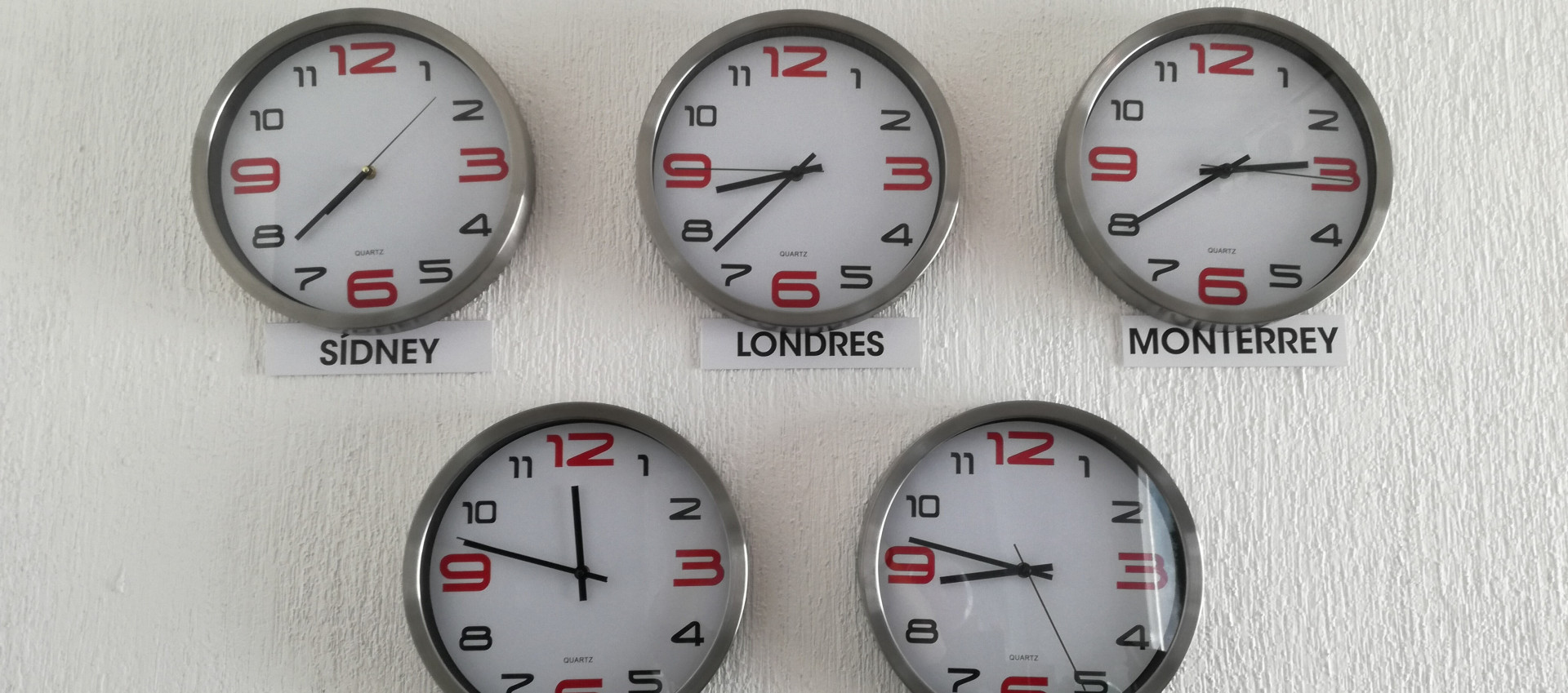10 Best Practices for Working Across Multiple Time Zones
Read this blog to learn some best practices on working and connecting with your colleagues across multiple time zones so you can thrive in this hybrid world.
Share
How many of us often find ourselves hitting loose ends and empty, awkward pauses when talking to a colleague who is 10 hours ahead of our time zone? You have to navigate not just the time difference but the difference in language, accent, and even energy levels. The person on the other end of the Teams or Zoom call is having their last call of the day and you are just getting started with the highest possible energy level or vice versa.
Being part of a global team comes with a host of advantages—from learning from each other’s culture to numerous cross-learning opportunities. However, having colleagues in all time zones makes it difficult to keep track of the time and create boundaries. In this blog, I will talk about a few ways in which you can manage communications with colleagues in different parts of the world, making working across multiple time zones easier.
How to work across varying time zones
- Keep your work situation transparent
Not everyone knows that you are required to coordinate and work with many other colleagues across different time zones or that you are in a different time zone from them. Make that clear from the get-go while answering emails and scheduling calls. - Set clear work timings for yourself
Avoid working outside of your dedicated working hours even for occasional or urgent calls. If you respect your work timings others will respect them too. - Weekly planning > daily planning
When navigating commitments across different time zones, it is very easy to go crazy. Doing one thing after another and being on top of everything is a wild goose chase. Take advantage of the fact that your Thursday night is someone’s Thursday morning, or someone’s Friday evening is already ended, and move non-urgent tasks around your calendar. - Fix dedicated days for work calls
Having most of your work meetings and catch-ups on 2-3 fixed days of the week keeps you mentally prepared to talk and network. Finish all your tasks on other days and bring your best, most communicative self to work on days when you have most of your calls planned. - Use technology to organize your work
With the way of working has gone digitally, there are many tools that enable smooth operations at work. For example, a Trello board will help your team stay on top of the shared tasks so even if all of you work across different time zones, you still have an overview of where the tasks lay and can work in a more agile manner. Another example is, if some of your team members cannot join a meeting as it is still sleeping time for them, you can record the meeting in your Teams or Zoom for them. - Managing crisis while you sleep
It is not unusual to receive last-minute submissions or requests from colleagues or partners. You do not have to work overtime to make that work. Ask for help! Yes, loop in colleagues whose working hours allow them to cater to that request. - Be there for your colleagues
Asking for help is important but being available while your colleagues are away, is also very important to keep things going for everyone. Be mindful of who is away and help manage communications for them. Let them sleep in peace too! - Learn to say “No”
As difficult as it may sound, there will be times when not everything on your plate will be as valuable and critical to the business. Learn to say “no” or reschedule the non-critical “urgent” business tasks without being impolite. Ask questions and provide solutions without being hard on yourself or others. - Prioritize your productivity and mental wellbeing
Nothing will function smoothly if you do not! The best way to keep things going well is to be occupied and busy only 80-90% of your working hours so that you have enough time to plan, think, organize and breathe. This will also help to manage your stress and anxiety at work. - Cut some slack for yourself and your colleagues
You do not know the background and culture or even the expertise level of someone on the other side of the globe. It is not easy to know people only via video calls and everyone has different levels of personal commitments, job responsibilities, and ways of working. Be patient and polite even when you do not get their point of view or feel like you are hitting a dead end. Building rapport and creating a smooth system of work takes time. Building rapport and creating a smooth system of work takes time.
The best way to keep things going well is to be occupied and busy only 80-90% of your working hours so that you have enough time to plan, think, organize and breathe.
So, those are some of the best practices for working across multiple time zones that can hopefully help you and your team. Working and collaborating with a team with different locations and time zones can pose its own challenges compared to the traditional way that we all know. Remember that to make this way of working successful, you will need a healthy mix of flexibility, understanding, and an agile approach.
Do you find this blog useful? Check out our resources for more tips for working in a remote and hybrid world!









